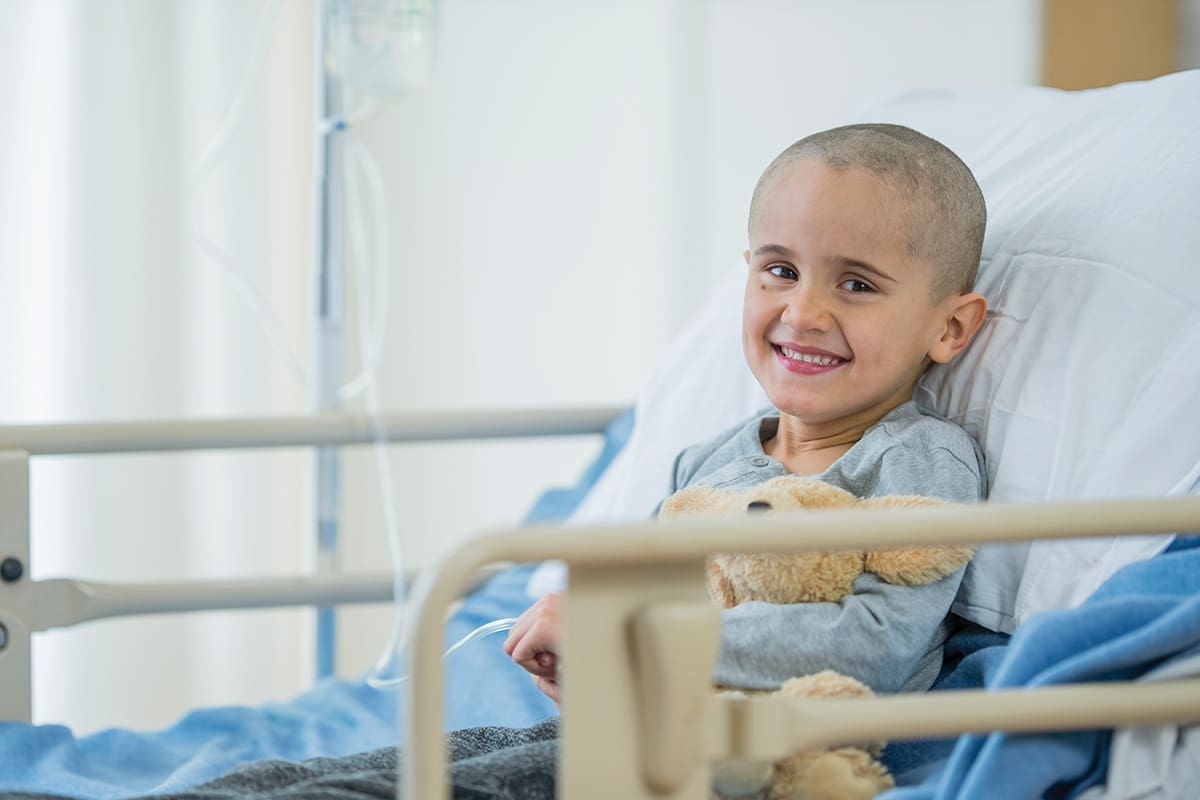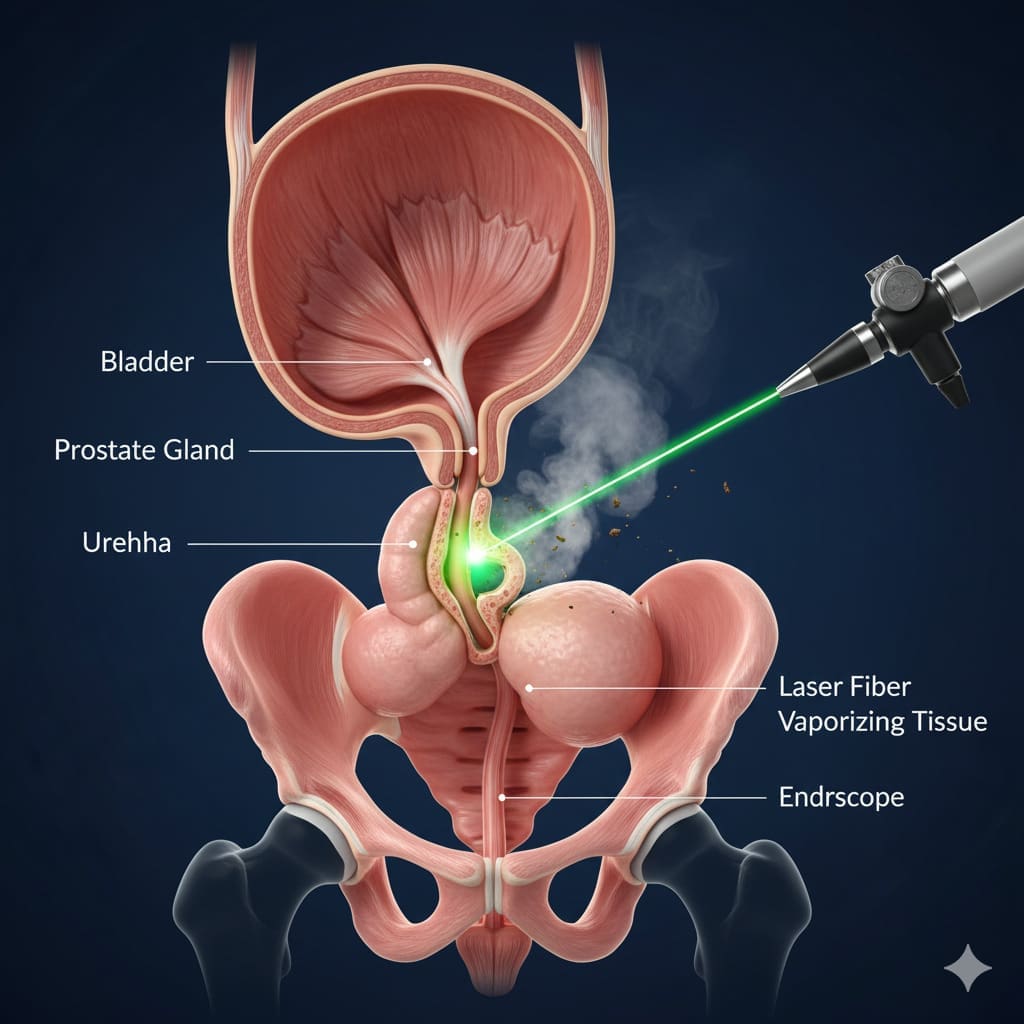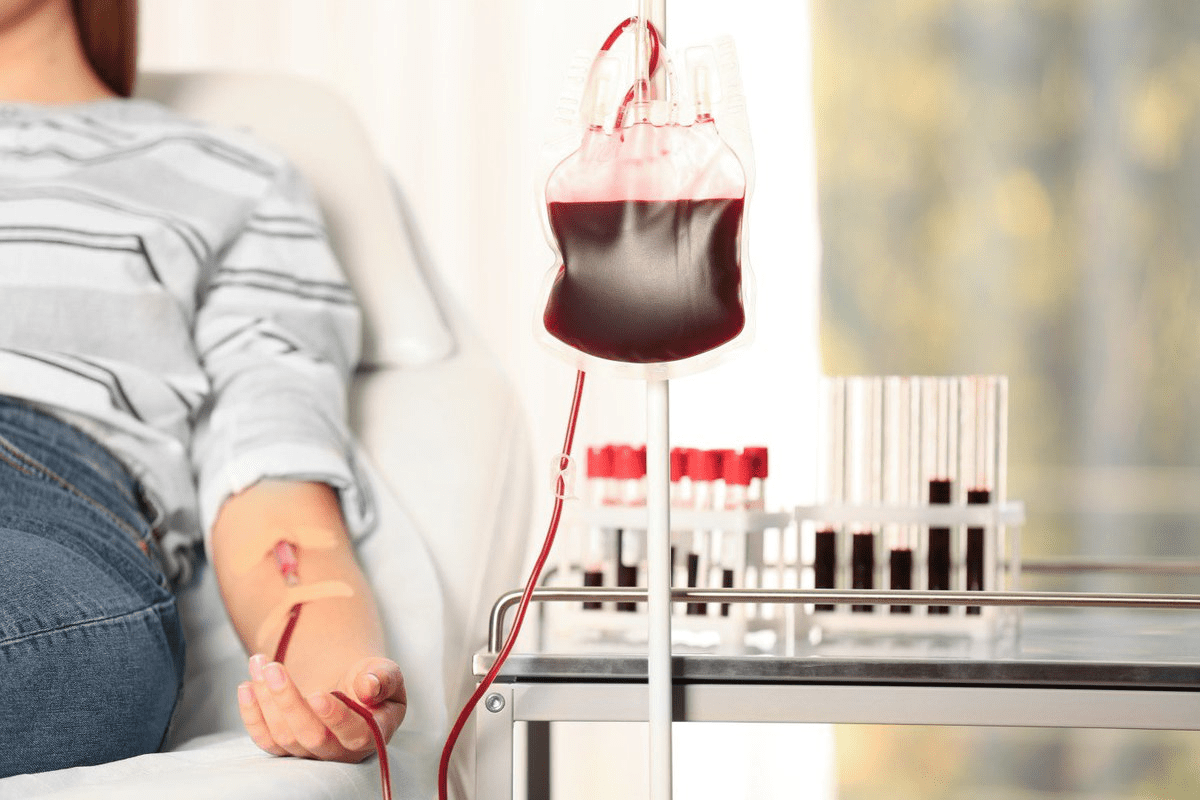Last Updated on November 26, 2025 by Bilal Hasdemir

Cancer treatment is complex and varies for each person. One of the most common concerns during chemotherapy is hair loss — but not all patients experience it. In fact, oncologists chemotherapy percentage data shows that hair loss depends on the specific drugs used and the dosage given.
Some chemotherapy drugs are designed to reduce hair loss, offering hope to patients who are worried about this side effect. Understanding which treatments are more likely to cause hair loss helps both patients and doctors make informed decisions. Talking openly with your oncologist about possible side effects and treatment options is key to better care and confidence during therapy.
Key Takeaways
- Chemotherapy-induced hair loss varies depending on the treatment type.
- Some chemotherapy drugs are less likely to cause significant hair loss.
- Understanding treatment options can help patients make informed decisions.
- The type of chemotherapy drugs used affects the likelihood of hair loss.
- Individual health factors also play a role in determining hair loss during chemotherapy.
The Science Behind Cancer Treatment and Hair Loss
Cancer treatment, like chemotherapy, can cause hair loss. This happens because it affects cells that grow fast, including those in hair follicles. Chemotherapy kills not just cancer cells but also hair follicle cells, leading to hair loss.
How Chemotherapy Affects Hair Follicles
Chemotherapy drugs aim to kill fast-growing cancer cells. But they also harm other fast-growing cells, like those in hair follicles. This damage can make hair fall out.
The amount of hair loss varies. It depends on the chemotherapy type, dosage, and the person’s health.
| Chemotherapy Effect | Impact on Hair Follicles |
| Targets rapidly dividing cells | Damages hair follicle cells |
| Disrupts the hair growth cycle | Leads to hair loss |
Different Types of Hair Loss Patterns
Hair loss from chemotherapy can show up in different ways. Some people might just see their hair thinning. Others might lose all their hair. The pattern depends on the chemotherapy and the person’s health.
Hair loss is more than just a cosmetic issue. It can also affect a person’s mood and feelings. Knowing how chemotherapy causes hair loss helps patients deal with it better.
Why Does Chemotherapy Cause Hair Loss?
Chemotherapy and hair loss are connected because of how chemotherapy drugs work. These drugs target fast-growing cells, like cancer cells. Hair follicle cells grow fast, too, so they get hit by chemotherapy.
The Cellular Mechanism of Action
Chemotherapy drugs aim to kill fast-growing cancer cells. But they also harm other fast-growing cells, like hair follicle cells. This damage causes hair loss. The process involves:
- Disruption of the hair growth cycle
- Damage to the hair follicle structure
- Inhibition of cell division in hair follicles
Knowing this helps patients understand why hair loss happens and what to expect during treatment.
Individual Factors That Influence Hair Loss Severity
How much hair loss happens with chemotherapy can differ a lot. Several things affect this, including:
- Type of Chemotherapy Drugs: Some drugs are more likely to cause hair loss.
- Dose and Duration of Treatment: More intense and longer treatments raise the risk of hair loss.
- Individual Sensitivity: Genetic factors can affect how well hair follicles handle chemotherapy.
Understanding these factors helps patients prepare for how chemotherapy might affect their hair.
Chemotherapy Drugs Less Likely to Cause Hair Loss
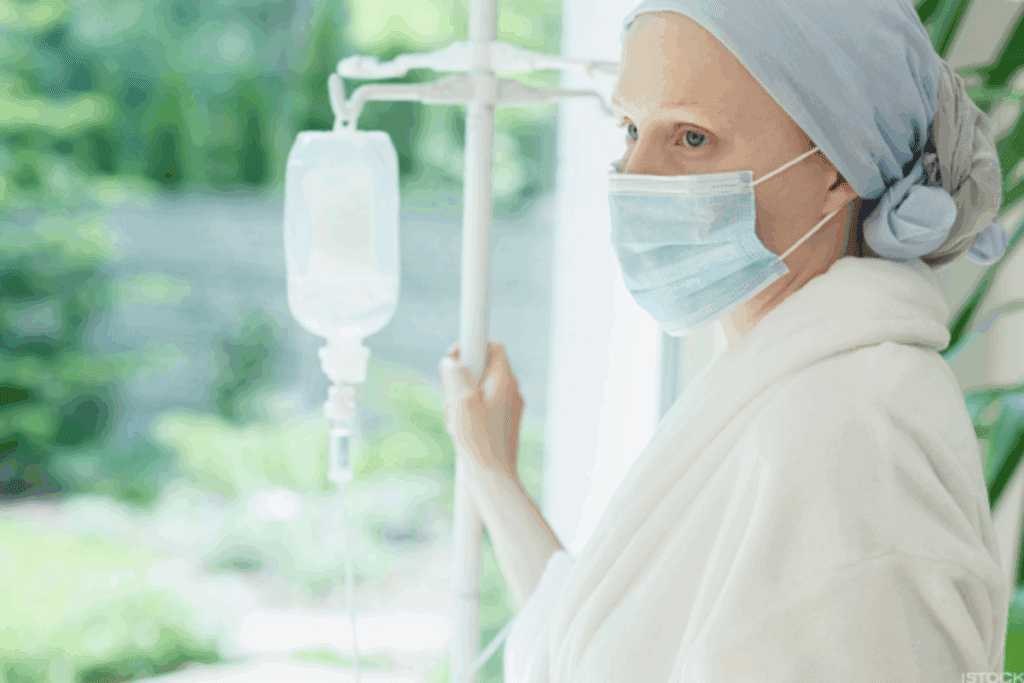
Not all chemotherapy drugs cause a lot of hair loss. Some are less likely to do so. Knowing which ones are safer can help patients make better choices about their treatment.
Low-Risk Chemotherapy Agents
Some chemotherapy drugs are less likely to cause hair loss. These include:
- Taxanes like paclitaxel and docetaxel, used for cancers like breast and lung.
- Targeted therapies such as bevacizumab and trastuzumab, which target cancer cells and may cause less hair loss.
These drugs target specific cancer growth mechanisms. This might help protect hair follicles.
Administration Methods That Minimize Hair Loss
The way chemotherapy is given can affect hair loss risk. For example:
- Continuous infusion might lower drug levels in the body, reducing hair loss.
- Localized treatment, like intra-arterial chemotherapy, targets the tumor directly. This can lower side effects, including hair loss.
These methods can lessen hair loss by reducing hair follicle exposure to drugs.
Chemotherapy Drugs That Commonly Cause Significant Hair Loss
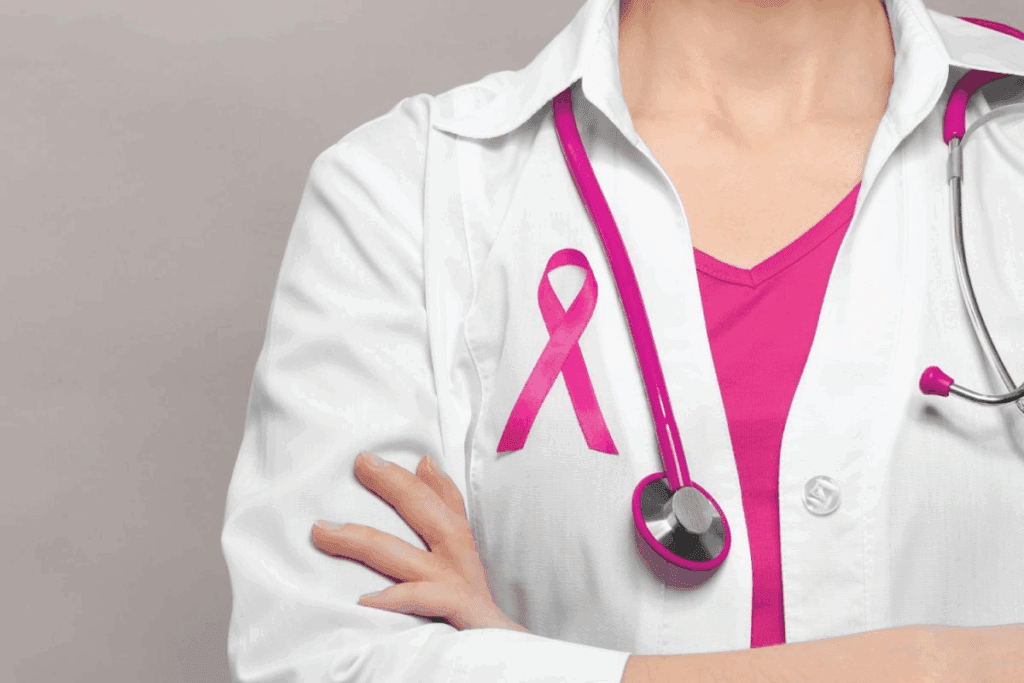
Chemotherapy is a key treatment for many cancers. Yet, some chemotherapy drugs are known to cause significant hair loss. The amount of hair loss depends on the type of chemotherapy, dosage, and individual factors.
High-Risk Chemotherapy Agents
Some chemotherapy agents are more likely to cause hair loss. This is because of how they work and their strength. These include:
- Anthracyclines (e.g., doxorubicin): Known for their effectiveness against various cancers, anthracyclines are associated with a high risk of hair loss.
- Taxanes (e.g., paclitaxel and docetaxel): These drugs are commonly used to treat breast cancer, ovarian cancer, and other malignancies, and are known to cause significant hair loss.
- Cyclophosphamide: This alkylating agent is used to treat various types of cancer and is associated with a moderate to high risk of hair loss.
| Chemotherapy Agent | Hair Loss Risk |
| Anthracyclines (doxorubicin) | High |
| Taxanes (paclitaxel, docetaxel) | High |
| Cyclophosphamide | Moderate to High |
Combination Therapies and Their Impact on Hair
Combining chemotherapy agents can increase the risk of hair loss. Combination therapies are often more effective against cancer. But they can also make side effects like hair loss worse.
For example, a regimen that includes both an anthracycline and a taxane may result in more significant hair loss than a single-agent therapy. Understanding the impact of combination therapies on hair can help patients prepare for their treatment.
Cancer-Specific Treatments and Their Hair Loss Profiles
Different cancer treatments cause different levels of hair loss. It’s important for patients to know this. The amount of hair loss depends on the cancer type, treatment, and the patient’s health.
Breast Cancer Treatments
Breast cancer treatments can affect hair in various ways. Chemotherapy often leads to a lot of hair loss. This is because drugs like anthracyclines and taxanes are used. Hormone therapy might cause less hair thinning.
Leukemia and Lymphoma Treatments
Leukemia and lymphoma treatments can also cause hair loss. The severity of hair loss depends on the treatment and drugs used. Some treatments might have a lower risk of hair loss.
Colorectal Cancer Treatments
Colorectal cancer treatments can also lead to hair loss. The extent of hair loss varies. Chemotherapy with drugs like 5-fluorouracil and oxaliplatin can cause hair loss. Targeted therapies might have a better hair loss profile.
Knowing about hair loss profiles can help patients prepare. It lets them understand what to expect. This way, they can make better choices about their care and find ways to manage hair loss.
Managing Thinning Hair Chemotherapy: Strategies and Solutions
Dealing with hair loss during chemotherapy needs a mix of medical help and good hair care. Chemotherapy can make hair thin or fall out. But knowing the right strategies can help patients deal with this tough side effect.
Medical Interventions for Hair Preservation
There are medical ways to keep hair during chemotherapy. One method is scalp cooling. It uses a cold cap to slow blood flow to the scalp. This helps less chemotherapy reach the hair follicles. Scalp cooling systems can help some patients keep more hair.
Another option is medications that help hair grow or stop falling out. These aren’t always effective and can have side effects. But they might help some patients. It’s important for patients to talk to their doctors about these options.
| Medical Intervention | Description | Effectiveness |
| Scalp Cooling | Reduces blood flow to the scalp | Effective for some chemotherapy types |
| Hair Growth Medications | Promotes hair growth or reduces loss | Variable effectiveness |
Hair Care Products for Chemotherapy Patients
The right hair care products can also help with thinning hair during chemotherapy. Use gentle, sulfate-free shampoos and conditioners. They are less likely to irritate the scalp or cause more hair loss. Some products are made for chemotherapy patients, with ingredients that strengthen hair or soothe the scalp.
“Using gentle hair care products can make a big difference in managing hair loss during chemotherapy. Look for products without harsh chemicals and made to nourish the scalp and hair.”
When picking hair care products, read labels well. Choose products that fit your needs. Some patients also find that using a wide-tooth comb or soft-bristled brush helps avoid breakage and discomfort.
Targeted Therapies: A Lower-Risk Alternative?
Targeted therapies are a new way to fight cancer. They aim to hit cancer cells directly, which might mean less hair loss. This method is different from traditional chemotherapy, which can harm healthy cells and cause hair loss.
How Targeted Therapies Differ From Traditional Chemotherapy
Traditional chemotherapy attacks fast-growing cells, including hair follicles. This can cause a lot of hair loss. Targeted therapies, on the other hand, target specific molecules in cancer cells. This might help keep hair follicles safe.
Key differences between targeted therapies and traditional chemotherapy include:
- Precision in targeting cancer cells
- Reduced impact on healthy cells
- Potential for fewer side effects, including hair loss
Common Targeted Therapies and Their Hair Loss Profiles
There are many targeted therapies, each with its own effect on hair. Some common ones are:
| Therapy Type | Hair Loss Profile |
| Tyrosine Kinase Inhibitors (e.g., Imatinib) | Variable; some patients experience minimal hair loss |
| Monoclonal Antibodies (e.g., Trastuzumab) | Generally lower risk of hair loss compared to traditional chemotherapy |
| Proteasome Inhibitors (e.g., Bortezomib) | It may cause less hair loss than traditional chemotherapy, but the risk varies |
Even though targeted therapies might mean less hair loss, how much of hair loss varies. It depends on the therapy and the person.
Hormone Therapy and Its Effects on Hair
For cancer patients on hormone therapy, knowing how it affects hair is key. This therapy treats cancers like breast, prostate, and ovarian by changing hormone levels. It aims to slow cancer cell growth, but can also impact hair health.
Hormone Therapy for Different Cancer Types
The hair effects of hormone therapy differ by cancer type and treatment. For example:
- Breast Cancer: Tamoxifen can cause hair thinning, but not as much as chemotherapy.
- Prostate Cancer: ADT can change hair growth, often reducing body hair.
- Ovarian Cancer: Hormone treatments may thin hair, but the effects vary by treatment.
Managing Hair Thinning During Hormone Treatment
Dealing with hair thinning during hormone therapy requires good hair care and sometimes medical help. Some tips include:
- Choose gentle, sulfate-free hair products for thinning hair.
- Reduce heat styling and use protectants when styling.
- Try scalp treatments or massages for better scalp health.
- Look into hair thickening treatments or supplements with a doctor’s advice.
By understanding hormone therapy’s hair effects and using the right hair care, patients can manage hair thinning better.
Scalp Cooling Systems: Preventing Hair Loss During Chemotherapy
Scalp cooling systems are a new hope for those losing hair during chemo. These devices, or cold caps, help by blocking some of the chemo drugs from reaching the scalp. This way, they reduce hair loss.
How Cold Caps and Scalp Cooling Devices Work
Cold caps cool the scalp to slow down blood flow. This makes it harder for chemo drugs to get to the hair follicles. They use a cap or device cooled with liquid nitrogen or other agents.
The process involves several key steps:
- The patient wears a cold cap or scalp cooling device before, during, and after chemotherapy infusion.
- The device cools the scalp to a temperature that constricts blood vessels.
- Reduced blood flow limits the amount of chemotherapy drugs that reach the hair follicles.
Effectiveness Rates for Different Cancer Types
Studies show different success rates for scalp cooling systems in various cancers. For example, breast cancer patients often keep more hair, with success rates over 50% in some cases.
Success can depend on many things. These include the chemo type, how often it’s given, and the patient’s health.
Limitations and Considerations
Scalp cooling systems are promising but have some downsides. They can cause discomfort, need precise temperature control, and not all chemo is compatible.
Key considerations include:
- Potential for headache or discomfort.
- Need for careful monitoring of scalp temperature.
- Compatibility with specific chemotherapy protocols.
In conclusion, scalp cooling systems are a good choice for those trying to keep their hair during chemo. Knowing how they work, their success rates, and their limits helps patients make better choices.
The Timeline of Chemotherapy Hair Loss and Regrowth
Knowing when hair loss and regrowth happen during chemotherapy is key for patients. This info helps them understand what to expect and get ready for changes.
When to Expect Hair Loss After Starting Treatment
Hair loss usually starts a few weeks after starting chemo. The exact time can change based on the chemo drugs, dosage, and the patient. Most people notice hair thinning or loss about 2-3 weeks after their first chemo session.
Knowing the chemotherapy hair loss timeline helps patients prepare for changes in their looks. It’s important to talk to a healthcare provider about any worries. They can give advice and support during treatment.
The Typical Hair Regrowth Journey Post-Chemotherapy
Hair regrowth after chemo is a big deal for patients. Hair usually starts growing back a few weeks to months after chemo ends. Most see big improvements in 3-6 months after treatment.
Many things can affect how fast hair grows back, like the chemo type, health, and genetics. It’s also common for the new hair to feel different or look a bit off at first.
| Timeframe | Hair Loss/Regrowth Stage |
| 1-3 weeks | Hair loss begins |
| 3-6 months | Initial regrowth noticed |
| 6-12 months | Hair regrowth continues, texture and color may normalize |
Understanding the hair regrowth post-chemotherapy timeline helps patients stay positive during recovery. It’s a slow process, but with support and care, many see their hair return to its pre-treatment state.
Natural and Alternative Approaches to Hair Preservation
Many patients worry about losing their hair during chemotherapy. They are looking into natural and alternative methods to keep their hair. These methods can offer support and peace of mind during a tough time.
Supplements and Nutritional Support
Supplements and changing your diet might help your hair during chemotherapy. Biotin, vitamin D, and omega-3 fatty acids can help hair grow. But always talk to your doctor before taking any supplements to avoid bad reactions with your treatment.
Eating well is also key. A diet full of fruits, veggies, whole grains, and lean proteins helps hair health. Foods like berries and leafy greens protect hair follicles from damage.
Scalp Care Techniques
Scalp care techniques are important for hair preservation during chemotherapy. A gentle scalp massage can help hair grow by improving blood flow. Using gentle, sulfate-free shampoos and conditioners also helps protect your hair and scalp.
Some people use a scalp cooling cap or cold compress to reduce hair loss. This method helps by lowering blood flow to the scalp, which means fewer chemotherapy drugs reach the hair follicles.
By trying these natural approaches to hair preservation, patients might find more ways to support their hair health during chemotherapy. But it’s important to talk to a healthcare provider to make sure these methods are safe and work well.
Psychological Support and Coping Strategies
Hair loss can deeply affect a person’s emotions, making support very important in cancer care. Patients often feel anxious, depressed, and even lose their sense of identity.
Dealing with these feelings needs a mix of emotional prep, support, and coping strategies. Knowing how hair loss affects the mind helps patients face their cancer journey better.
Emotional Preparation for Possible Hair Loss
Getting ready emotionally is essential for handling hair loss’s mental effects. Patients can:
- Learn about the chance and timing of hair loss from their treatment
- Talk about their feelings and worries with doctors or counselors
- Get ready for how their looks might change
Being ahead of the game helps patients deal with hair loss better and find positive ways to cope.
Support Resources for Cancer Patients
Support is key for patients to handle hair loss’s emotional side. There are:
- Support groups, online or in-person, for sharing experiences
- Counseling for emotional support and advice
- Online forums and resources for tips and comfort
Having these resources helps patients cope with hair loss and other treatment issues.
Combining emotional prep with support access helps cancer patients find good ways to deal with hair loss’s mental impact.
Conclusion: Making Informed Decisions About Cancer Treatment and Hair Loss
It’s key for patients to understand how cancer treatment and hair loss are linked. We’ve talked about how different chemotherapy treatments can affect hair. Knowing this helps patients make better choices about their care.
Every cancer treatment plan is unique. Hair loss chances depend on the chemotherapy type, how it’s given, and the patient’s health. Patients can make smarter choices by thinking about these things.
When patients know about cancer treatment and hair loss, they can make choices that fit their needs. This approach can lessen the emotional blow of hair loss. It also helps improve how well treatment works overall.
FAQ
Does chemotherapy always cause hair loss?
No, not all chemotherapy treatments cause hair loss. The chance of losing hair depends on the type of drugs, dosage, and health.
Why does chemotherapy cause hair loss?
Chemotherapy targets fast-growing cells, including hair follicles. This leads to hair loss. The severity varies by treatment and individual factors.
Are there chemotherapy drugs that are less likely to cause hair loss?
Yes, some drugs, like targeted therapies, might cause less hair loss. The risk also depends on how the drugs are given and the dosage.
How can I manage hair loss during chemotherapy?
Using scalp cooling systems and special hair care products can help. Emotional support and resources also help cope with hair loss.
Will my hair grow back after chemotherapy?
Yes, hair usually grows back after treatment ends. It starts growing back in a few months.
Can hormone therapy cause hair loss?
Hormone therapy can lead to hair thinning, mainly in those with hormone-sensitive cancers. Adjusting hair care and using specific products can help.
Are there natural ways to prevent hair loss during chemotherapy?
Natural methods like supplements and scalp care might help. But always talk to a doctor before trying them.
How long does it take for hair to grow back after chemotherapy?
Hair regrowth starts in 1-3 months after treatment ends. It can take several months to a year or more to fully recover.
Can cancer cause hair loss without chemotherapy?
Yes, cancer can cause hair loss, mainly if it affects the scalp or hormone levels. But chemotherapy is a more common cause.
What is scalp cooling, and how does it work?
Scalp cooling uses a cold cap or device to reduce scalp blood flow. This makes the scalp less sensitive to chemotherapy, reducing hair loss.
References
- Saraswat, N., et al. (2019). A descriptive study to analyze chemotherapy-induced hair loss and its psychosocial implications. Indian Journal of Medical and Paediatric Oncology, 40(3), 365-371. https://www.ncbi.nlm.nih.gov/pmc/articles/PMC6615375/
- Botchkarev, V. A., & Paus, R. (2003). Molecular mechanisms of chemotherapy-induced hair loss. Journal of Investigative Dermatology Symposium Proceedings, 8(1), 51-56. https://www.sciencedirect.com/science/article/pii/S0022202X15529436



